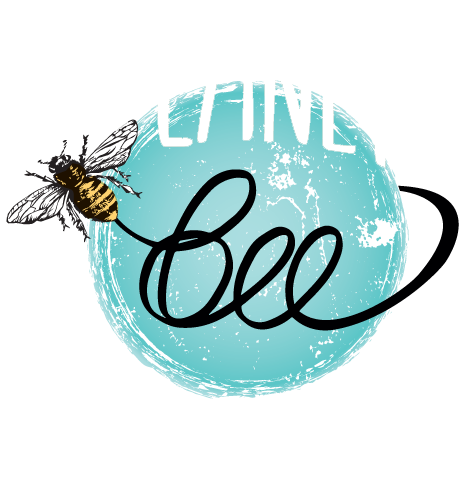How Honey Bees Make Honey: Apis Mellifera Works Hard for Yummy Treats!
- Planet Bee Foundation
- Aug 28, 2024
- 3 min read
Updated: Oct 4, 2024
Honey, often referred to as nature's liquid gold, has been a cherished natural sweetener for centuries. But have you ever wondered how bees make honey? The process is both fascinating and complex, involving intricate behaviors and biochemical transformations. Let's dive into the scientific marvel that is honey production.
1. The Foraging Journey

The process of making honey begins with foraging. Worker bees, specifically the forager bees, leave the hive in search of flowers. They are attracted to blooms rich in nectar, a sugary liquid that plants produce to attract pollinators. Using their long, tube-like tongues called proboscis, bees extract nectar from flowers and store it in their "honey stomach," a special part of their digestive system separate from their main stomach.
2. The Transformation of Nectar to Honey
Once the forager bees return to the hive, they pass the collected nectar to house bees through a process called trophallaxis. This exchange isn't just a transfer of nectar; it's the beginning of a transformative process. During trophallaxis, enzymes in the bees’ saliva, like invertase, are mixed with the nectar. Invertase breaks down the sucrose in nectar into simpler sugars: glucose and fructose, which are easier to digest and less prone to crystallization (Crane, 1990).

3. Evaporation and Concentration
The newly enzyme-infused nectar still contains a high water content—up to 70%. To prevent fermentation and ensure long-term storage, bees must reduce the water content to about 18%. This is achieved through a process of evaporation. House bees spread the nectar in thin layers across the honeycomb cells, increasing the surface area. They then use their wings to fan the nectar, creating airflow and accelerating the evaporation process (Seeley, 1985; USDA, 2023).
4. Sealing the Honeycomb
Once the nectar has sufficiently thickened into honey, the bees seal the honeycomb cells with a wax cap. This capping is essential for preserving the honey, protecting it from moisture and contaminants. The capped honey can be stored indefinitely, providing a crucial food source for the colony during times when nectar is scarce, such as in winter.

5. The Chemical Composition of Honey
Honey’s final composition is a rich blend of sugars, primarily fructose and glucose, and it also contains small amounts of vitamins, minerals, and amino acids. Honey’s low water content and acidic pH create an environment that is inhospitable to most microorganisms, which is why honey can remain edible for years when properly stored (White, 1975).
6. The Importance of Bees and Honey Production
Beyond producing honey, bees play a crucial role in pollination, which is vital for the reproduction of many flowering plants, including numerous crops humans rely on for food. Protecting bees and their habitats is essential not only for honey production but also for global biodiversity and food security.
The process of honey production is a testament to the incredible efficiency and intelligence of honey bees. From foraging nectar to enzymatic transformation, evaporation, and storage, each step is meticulously executed, ensuring the hive’s survival and contributing to the delicate balance of our ecosystems. The next time you drizzle honey on your toast or stir it into your tea, remember the complex and fascinating journey it took to get to your table.
By understanding the science behind how bees make honey, we gain a greater appreciation for these remarkable insects and the sweet substance they produce. At Planet Bee, we are committed to educating and inspiring people to help protect these vital pollinators. To learn more about how you can support bee conservation, visit our website or consider becoming a volunteer.
References
Crane, E. (1990). Bees and Beekeeping: Science, Practice, and World Resources. Heinemann Newnes, Oxford.
Seeley, T. D. (1985). Honeybee Ecology: A Study of Adaptation in Social Life. Princeton University Press.
United States Department of Agriculture (USDA). (2023). Bees and Pollination. USDA Agricultural Research Service.
White, J. W. (1975). Composition of Honey. In: Honey: A Comprehensive Survey. E & F. N. Spon, London.

